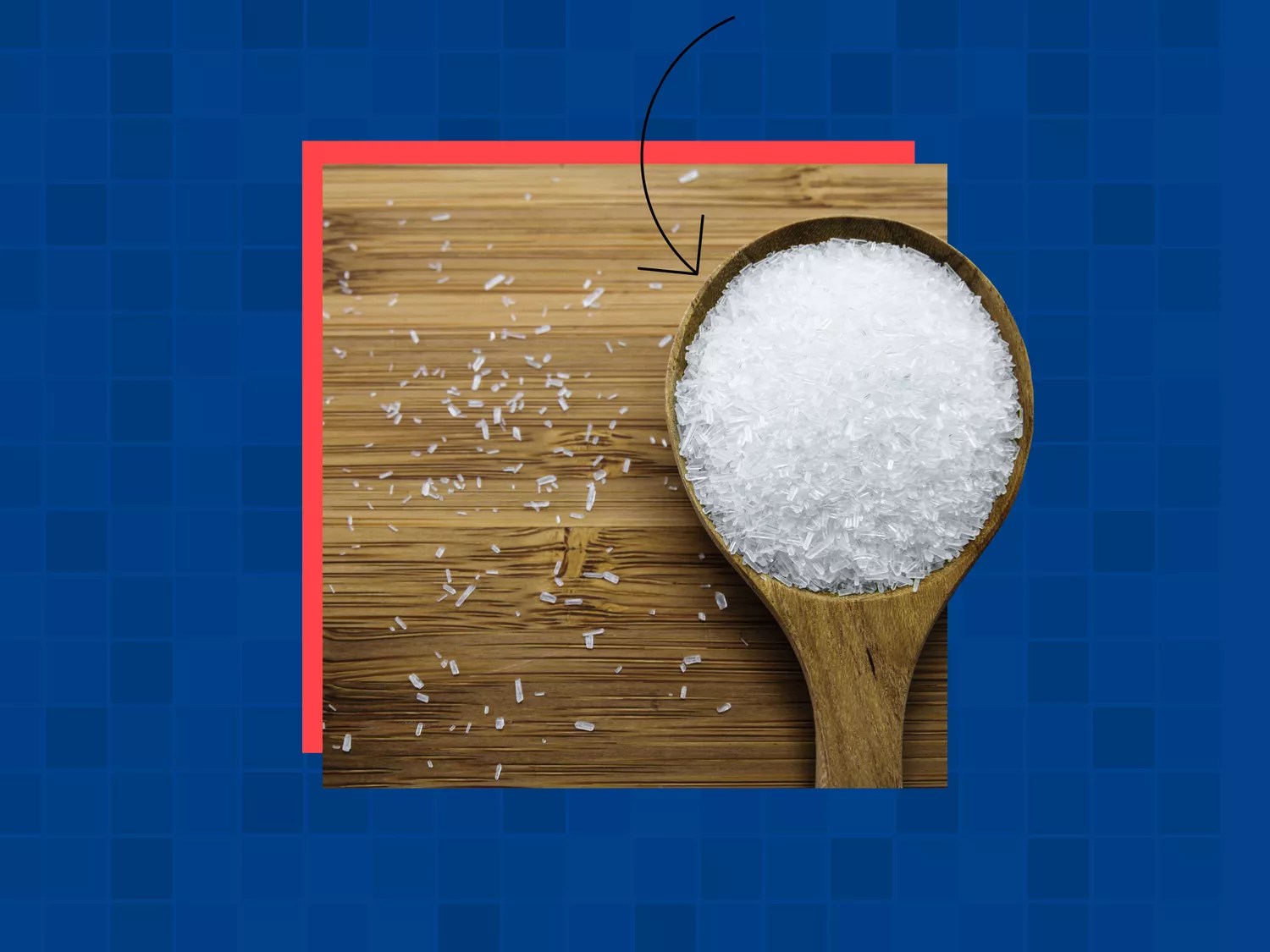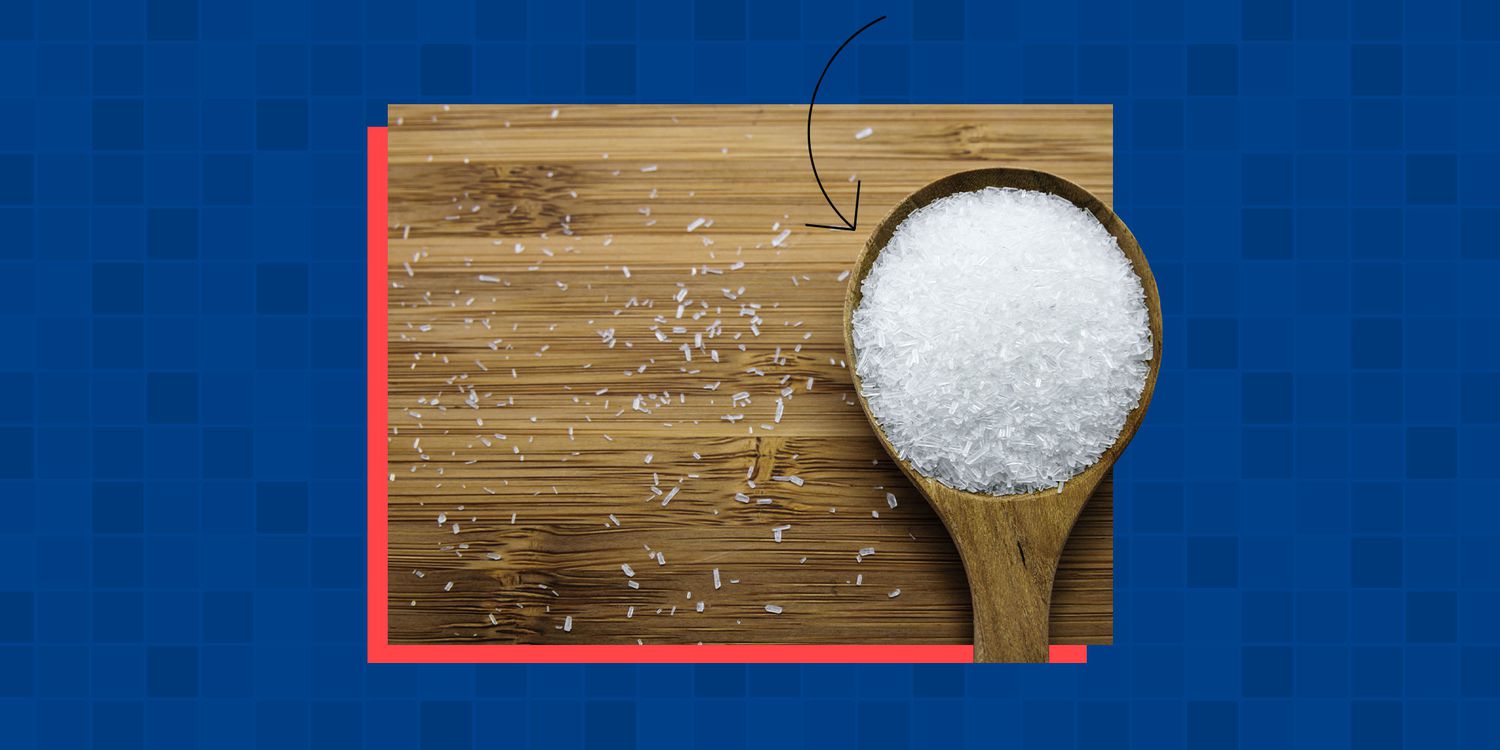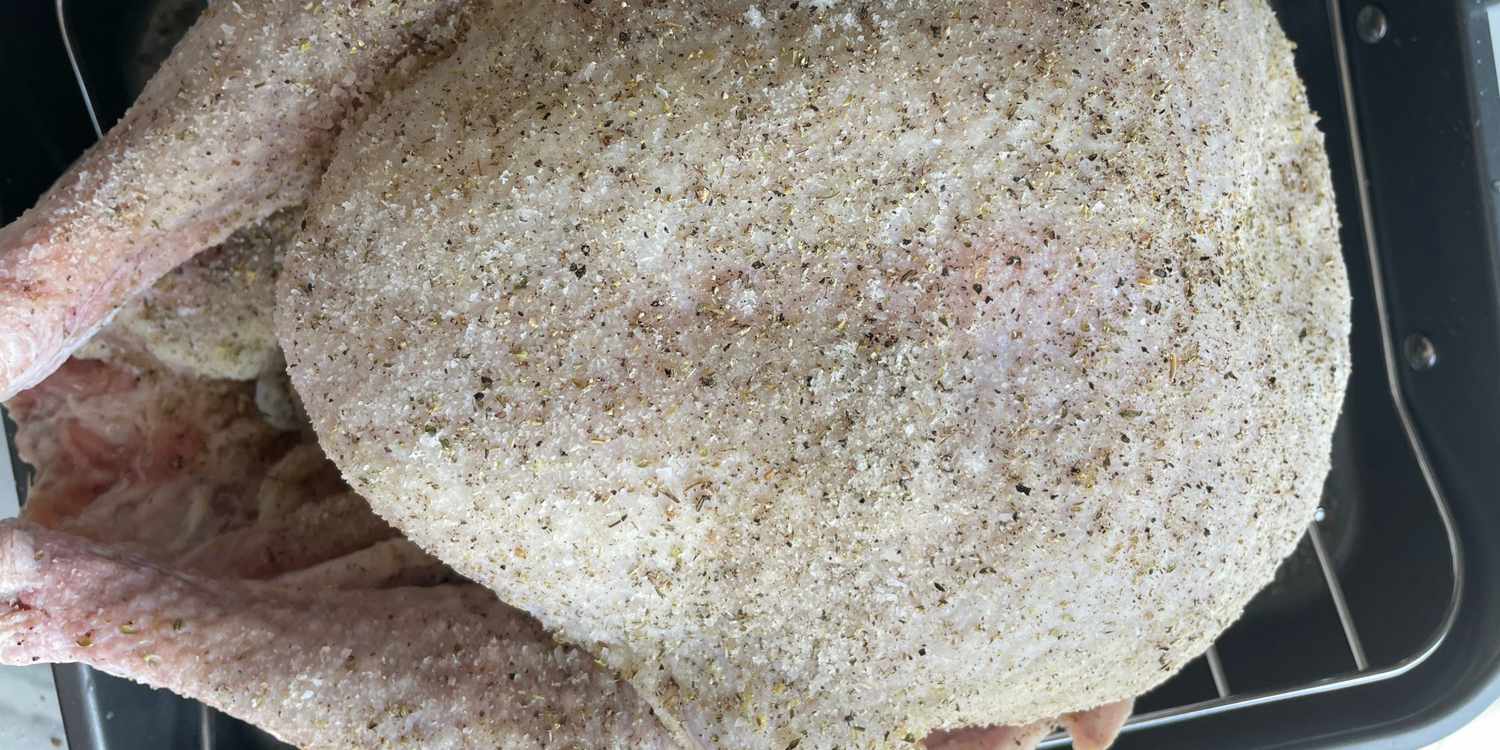MSG, also known as monosodium glutamate, is a flavor enhancer made from the non-essential amino acid L-glutamic acid and sodium. It’s commonly added to processed foods, such as canned soups and salty snacks, and used often in Southeast Asian cooking to increase the umami, or savoriness, of a dish. L-glutamic acid occurs naturally in foods such as tomatoes, anchovies, mushrooms, and Parmesan cheese, while MSG is made from the fermentation of sugar cane, sugar beets, cassava, or corn.
The human body cannot tell the difference between naturally occurring glutamates and those added to foods with MSG since there is no chemical difference. While some have a negative health connotation associated with MSG, the FDA regards MSG as safe.

Zackary Angeline/Dotdash Meredith
What Does MSG Do to Your Food?
MSG enhances the flavor of food by providing the umami taste. Umami, also known as the fifth taste along with salty, sweet, bitter, and sour, can be described as the “meatiness” or savoriness of food, whether the food contains meat or not. This is because umami comes from three compounds, inosine 5’-monophosphate (IMP), guanosine 5’-monophosphate (GMP), and MSG. These three compounds increase saliva, thereby literally making your mouth water and the food taste better.
What Is MSG Good For?
Along with making your food taste better, MSG can also be used as a sodium replacement. Despite having sodium in the name, MSG is only 12% sodium while table salt contains 39% sodium. When MSG is added to food, research shows that the sodium can be reduced up to 40% while still maintaining the same perception of flavor and satisfaction of the food. This is particularly important for those following a low-sodium diet.
How and When to Use MSG?
MSG can be added to food just as you would sprinkle salt into a dish. You can use it on foods that already contain glutamates, like fish, beef, or mushrooms, or to increase the flavor on those that you’re trying to enjoy more, like vegetables. MSG is also present in many packaged seasonings, such as that ranch seasoning packet that makes a delicious dip.
Is MSG Safe to Eat? Is It Actually Bad for You?
In 1968, Robert Ho Man Kwok, a Chinese-American doctor, wrote to the New England Journal of Medicine describing symptoms, such as heart palpitations and numbness in the limbs, that he attributed to the Chinese food he ate. He speculated that the symptoms were the result of either the alcohol, sodium, or MSG in the food. However, MSG took the fall and was coined as the issue “Chinese Restaurant Syndrome.”
While many people will say that they are sensitive to MSG, numerous studies have shown that MSG does not trigger the reported reaction when tested blind. A blind study means the participant may receive MSG or a placebo, and without knowing which they consume, will report symptoms.
Repeated research shows that the original negative effects reported in early studies were the result of poor research, including small sample size, lack of appropriate control groups, or use of very high doses of MSG.
It’s also important to note that generally, people do not report symptoms of headache when consuming non-Asian sources of MSG, such as in Doritos, Kraft Mac & Cheese, Campbell’s Cream of Mushroom Soup, or Lipton Soup mix despite all of these foods containing MSG.
It’s also important to note that the FDA does require MSG be listed on the ingredient panel however, naturally occurring sources of MSG, such as in hydrolyzed yeast, protein isolate, autolyzed yeast, hydrolyzed vegetable protein, yeast extract, and soy extract will not be listed as MSG. But if these ingredients are present, a package cannot claim “No MSG” or “No added MSG” nor can MSG be listed as “spices and flavoring.”




